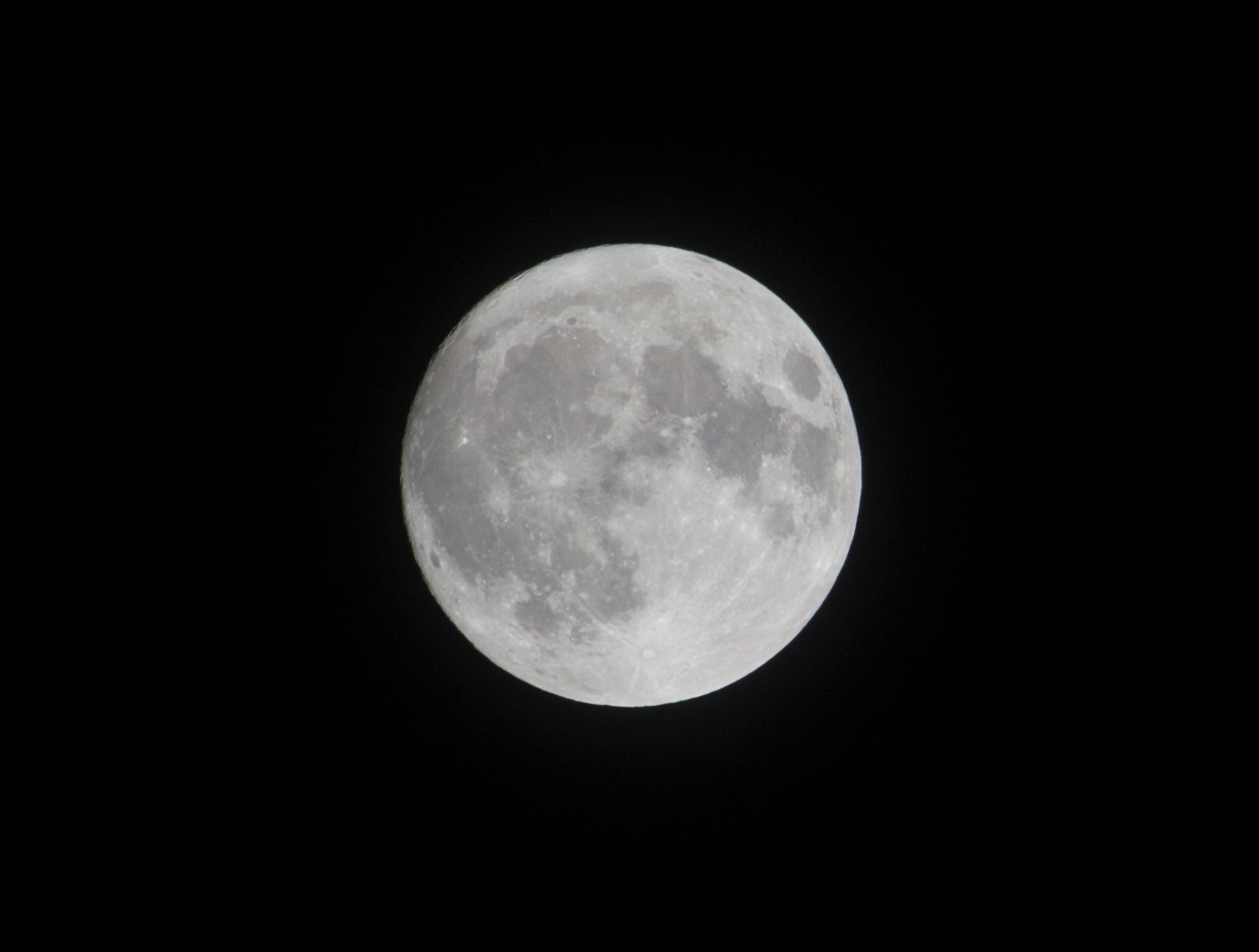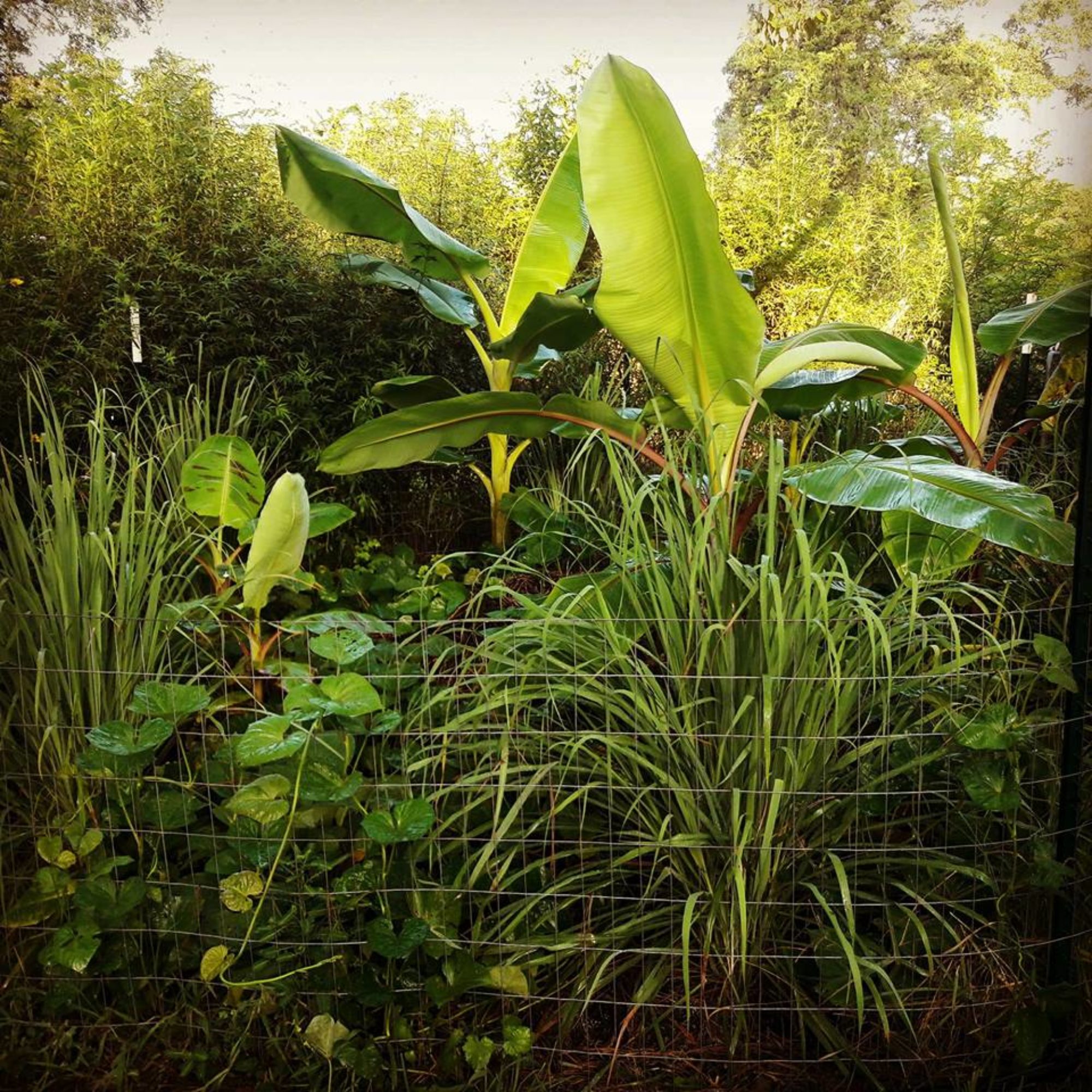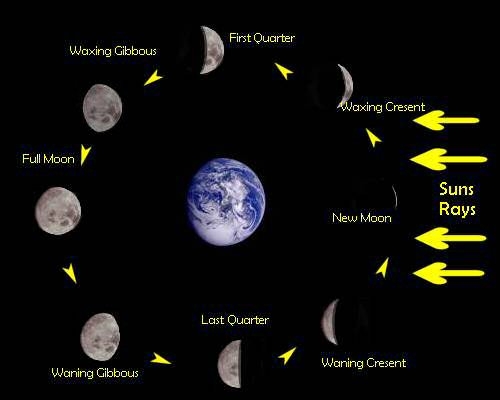Welcome to a new episode of planting by the moon!
What does the moon have to do with my edible landscape? Why should I care? Is it really all that much better? One of the principles of permaculture is “obtain a yield” and we will obtain a bigger yield, thereby enabling us to “return the surplus” much more. For more on permaculture principles, click here.
The Phases of the Moon
The moon has four phases or quarters lasting about seven days each.The first two quarters are during the waxing or increasing light, between the new and the full moon. The third and fourth quarters are after the full moon when the light is waning, or decreasing.
The first quarter is best for plants that produce seed outside the fruit (like lettuce, etc.). The second quarter is best for plants that produce seed inside the fruit (peppers, etc.). When the moon is decreasing and especially in the week after the full moon, plant root crops and bulbs as well as non-annuals.
Gravitational pull influences moisture in the soil
Planting by the moon is an idea as old as agriculture itself. It is based in folklore and superstition, but there is now scientific research to back it up. The earth is in a large gravitational field, influenced by both the sun and moon. The tides are highest at the time of the new and the full moon when sun and moon are lined up with earth. Just as the moon pulls the tides in the oceans, it also pulls upon the subtle bodies of water, causing moisture to rise in the earth, which encourages growth. The highest amount of moisture is in the soil at this time, and tests have proven that seeds will absorb the most water at the time of the full moon.
The Signs of the Zodiac
The second factor is the astrological sign the moon is traveling through. These signs are associated with different energies such as earth, air, fire and water. Generally, water is the sign of fertility and is preferred by most plants, while root crops prefer earth signs and flowers prefer Libra, an air sign. Fire signs are good for harvesting, weeding and destroying pest as this is a barren sign.
Other factors to consider when planting your edible landscape:
This calendar is a general representation and should not be construed to take any and all precedent. Things like weather, vacation, time availability and other personal factors should be considered when planting and nothing in these articles is meant to exclude taking care of your soil, as that is the biggest factor in success. These tips are to perfect your technique and will help you reap much bigger harvests with less pest pressure since your plants will be much healthier and stronger.
Today is April 30, 2018. The moon is in Scorpio and we just had the full moon yesterday so today is the time to plant for root growth like potatoes, carrots, etc. We are just entering the waning gibbous phase.

Next up May, when I will have a different format, covering the entire month at once. Look for that post tomorrow!
What to plant in April.
April 16-30
Edibles:
- Arugula
- Basil
- Beans
- Bitter Melon
- Cantaloupe
- Corn
- Cucumber
- Cumin
- Eggplant
- Garlic chives
- Ginger
- Gourds
- Okra
- Oregano
- Peppers
- Spinach Malabar
- Sunflower
- Sweet Potato
Beneficial insect attracting plants:
- Calendula
- Cosmos
- Cockscomb
- Cornflower
- Geranium
- Impatients
- Larkspur
- Morning glory
- Marigold
- Nasturtium
- Nigella
- Poppy
- Zinnia
- Carnation
- Chrysanthemum
- Columbine
- Delphinium
- Foxglove
- Hollyhock
- Lupine
- Lavender
- Penstemon
- Rudbeckia
- Salvia
- Statice
- Yarrow
Garden Activities for April
- Feed actively growing plants with fish emulsion or compost
- Thin seedlings of carrots, beets, green onions, lettuce
- Dig organic matter into beds and add minerals
- Mulch to suppress weeds
- Wash aphids off tender growth with a hose
- Bait and trap for pests early in the season and clean up hiding places
- Plant and feed “lawns” with a fine layer of compost
- Take houseplants outside for a summer vacation
- Divide crowded perennials and bulbs (after bloom)
- Plant bare root and plugs
* This series is focused on the southern regions of the United States, particularly USDA Zones 8&9 as that is where I reside and do all my gardening. If you live in a different climate, please adjust accordingly.
[TheChamp-FB-Comments]

